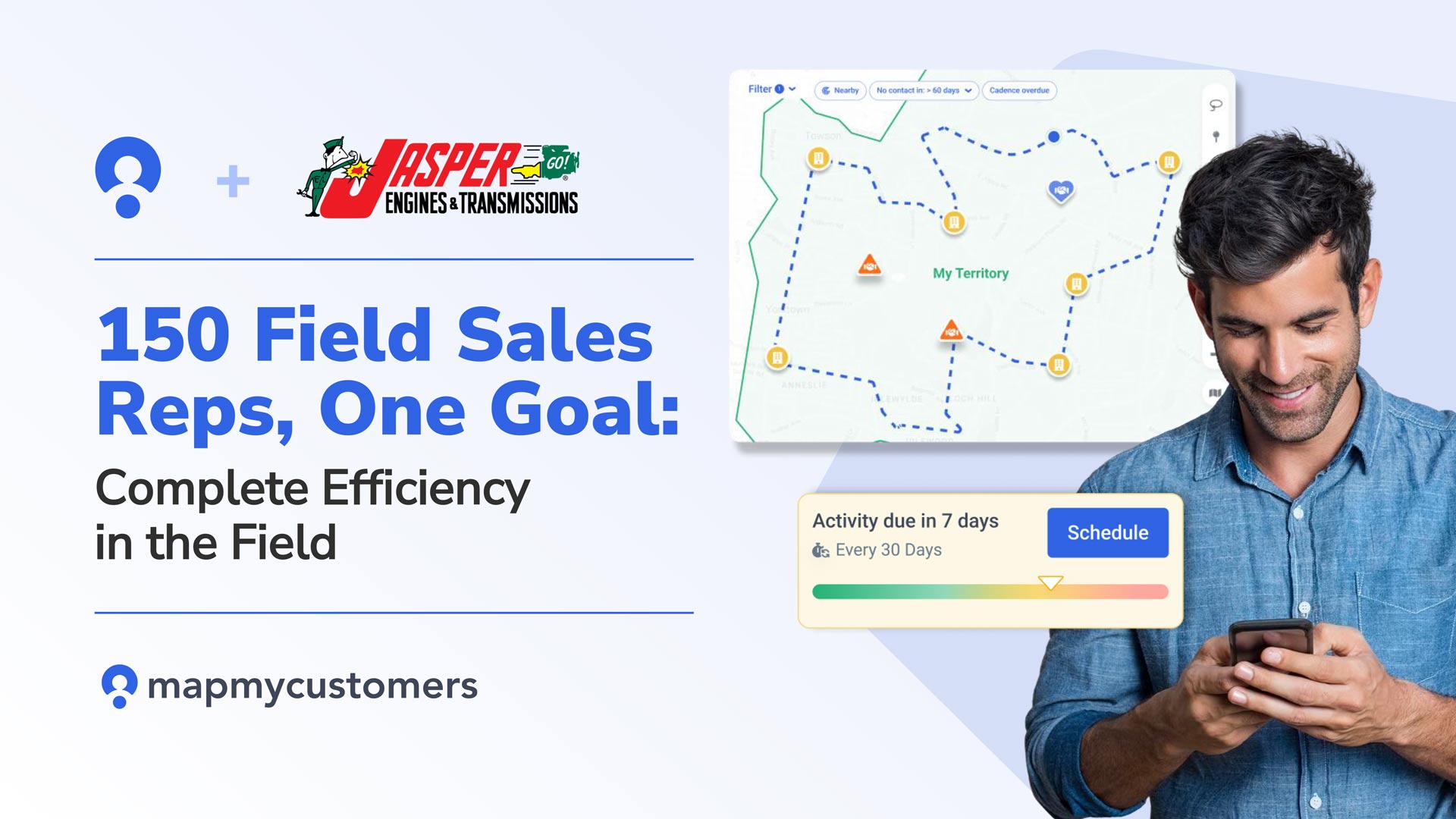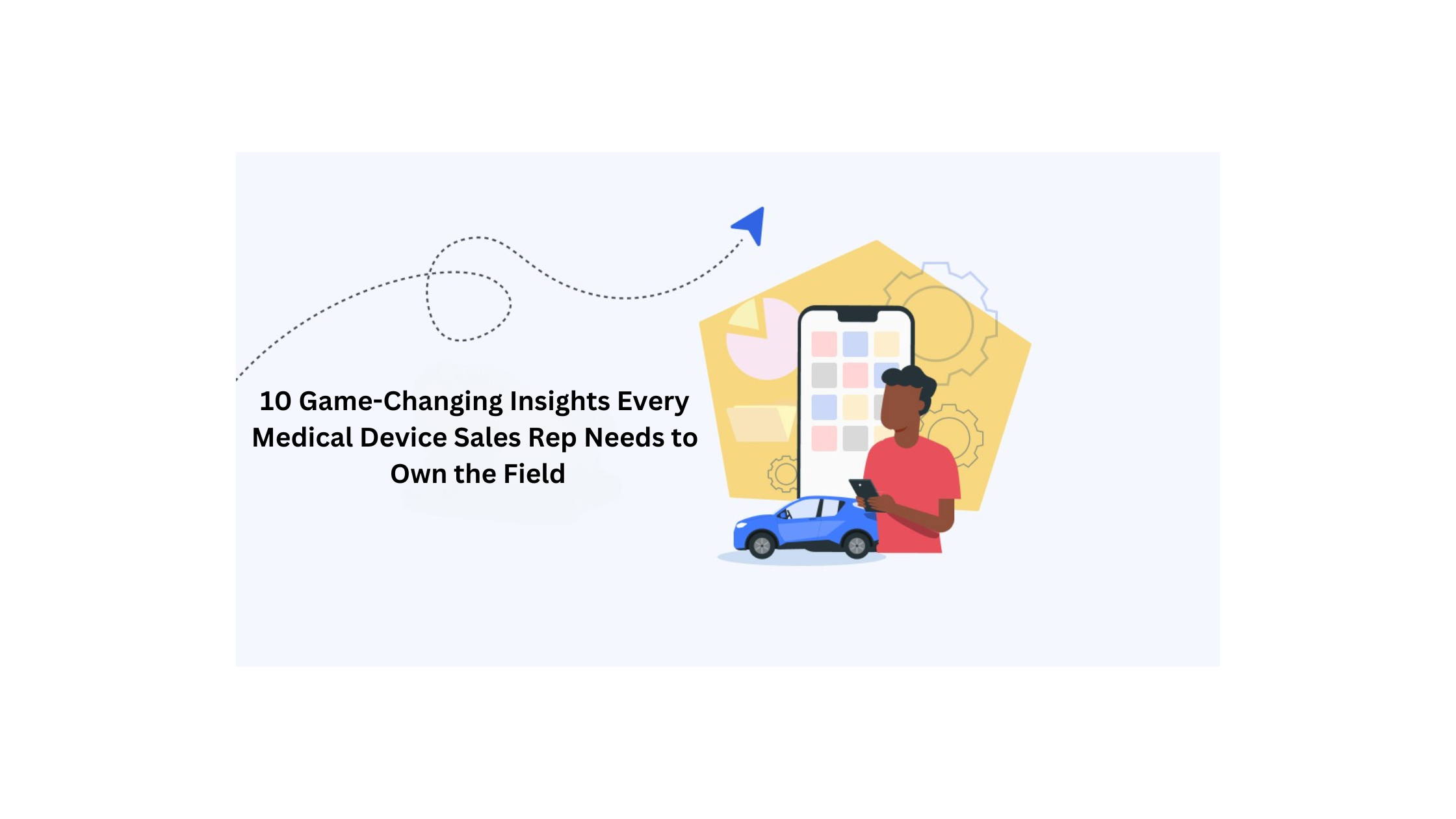
When it comes to selling products, there are two strategies: direct sales and channel sales.
If you’re trying to decide which is a scalable model that will grow with your business, channel sales could be just the answer when you need a low-risk and efficient sales model that can be efficiently adjusted as your business grows.
It’s especially effective if you’d like to prioritize growth in your business outside of your sales team. Most companies utilize channel sales at some point, because it is an efficient means to explore potential target markets at a lower cost.If that sounds intriguing to you, let’s learn what channel sales are, the pros and cons of channel sales, and some of the top channel sales strategies to get started.
What Is Channel Sales?

Channel sales is a sales model where a company uses a third-party to sell your product for you.
Channel sales are the direct opposite of direct sales, where you have an in-house team that sells directly to clients, either online or through your own location. There are many companies across a range of industries that sell through channel sales to help reach their desired target market.
An example of direct versus channel sales is Apple. If you go to the Apple store or the Apple website to buy their newest phone, then you are using direct sales. However, if you were to buy their newest phone at Best Buy, you would be using one of their channel sales to purchase the same product.
When you look at the industrial manufacturing space, this is another example of companies that thrive through channel sales. Manufacturers will sell their products to what is often referred to as channel partners that will in turn sell this product directly to consumers. Think about when you need a new air conditioning unit for your home. Most homeowners will purchase this unit from their local heating and repair company. The manufacturer of the AC unit is selling through channel sales, and the repair company is considered to be a channel partner. Below we will explore more of what a channel partner is.
What Is a Channel Partner?

A channel partner is a company that partners with a manufacturer or producer to market and sell their products and services. Channel partners can help teams increase both sales and loyalty. The channel partner works as an extension of your team. There are three main types of channel partners (independent dealers, distributors and independent sales representatives), and these relationships can be long-term, mid-term or short-term depending on your team’s needs, strategy and scope of project.
When to Use Channel Sales?
Channel sales can be powerful, but only for the right kinds of products. This sales model can be extremely effective if you use it correctly. It is important to keep in mind these key factors when deciding whether or not channel sales suits your team and your objectives.
When Your Product Is Mature Enough
The success of your product will depend on where it is in the product life cycle. If your product is still new and you are working out the kinks, direct sales will allow you to get the quick feedback that you need to improve your product. You may want to wait to choose a channel sales strategy until your product is more set and settled.
When Your Product Is Easy to Market
If your product is complicated and full of intricate parts that need to be explained to a potential customer? Or is it a fairly simple product that can be sold quickly? If your product requires more research or requires a lot of touchpoints to understand, a channel sales strategy is probably not for you (yet).
When Your Sales Process Is Well-Researched
In channel sales, it’s crucial to have a well-developed sales process where you can quickly and easily explain buyer personas, pain points, buying triggers, average sales cycles, etc. This is all key to making sure your channel partner sales strategy has everything it needs to efficiently identify and sell to your buyers.
When Immediate Revenue Isn’t a High Priority
Because you’re collaborating with other companies, the length of the sales cycle is likely out of your hands and it can use a lot of time and energy to get a system started. Channel sales is a great long-term investment, but not if you need revenue as soon as possible.

6 Advantages of Channel Sales
Even with a successful direct sales program, many companies opt to include channel sales into their strategy. Depending on the business, some may choose to solely utilize channel sales. Here are some of the top reasons that companies may implement a channel sales strategy:
Advantage #1: Channel Sales Have Lower Sales and Marketing Costs
Compared to running an in-house sales team, channel sales costs much less in overhead. If someone else has a brick-and-mortar store, staff, and inventory, much of the cost of selling can be mitigated. Channel sales also take advantage of the cost and effort the channel partner has put into building a business and clientele, so it can be a way to expand or break into the market without spending as much to run your own campaign.
Advantage #2: Channel Sales are More Efficient
In the channel sales model, one channel sales manager can work with numerous channel partners to assist them in selling the product and collaborate to build out their overall sales strategy. This cuts down on the need to hire multiple salespeople: one channel sales manager can take the place of five or six salespeople.
Advantage #3: Channel Sales are Easily Scalable
Once you have an established channel sales program and settled on a proven procedure, it is easy to bring on additional channel partners as needed. This is much easier than bringing on additional salespeople, which would cost more and require more training and oversight. You can add on more channel partners, or scale down if needed, depending on how your product is selling.
Advantage #4: Channel Sales Partners Provide Established Trust
Many salespeople struggle with the concept of cold-calling or –emailing. Building trust is one of the most difficult aspects of selling a product. However, with channel sales, you can use the trust that your channel partner has already established. They already have established relationships within their market, so your endorsement will be enough with most potential customers. Channel sales allow you to create a brand presence with little effort because your channel partner has already established trust with your potential clients in your desired target market.
Advantage #5: Channel Sales Have Lower Risks
Because of the lower cost and increased efficiency, channel sales are a relatively low-risk way to assess and try out a new market. You can try new products, packages, promotions, and campaigns with a channel partner without potentially risking as much if you were to try it in your direct sales.
Advantage #6: Channel Sales Allow for Easier Onboarding and Service
If you align with channel partners that can provide customers with training, onboarding and customer support, you can delegate your service process to your partner and concentrate more on sales. The right channel partners will allow your company to focus on new business while they handle customer implementation and any issues. A good example of this would be a technology service provider. The provider will work directly with the end user to train them on the software, so that the technology software manufacturer does not have to do this training themselves.
6 Disadvantages of Channel Sales
Although many companies choose to implement a channel sales strategy, there are some drawbacks to this model. However, you can avoid the pitfalls by anticipating and working around their inherent weaknesses. Here are some of the challenges in channel sales.
Disadvantage #1: Channel Sales Give Less Control
When you are working with a channel partner you have less say in the sale than you would with a salesman who is working for you. You cannot directly manage the sales process, so you are often at the mercy of your channel partner whether or not the sales close and their timeline. You may also end up with a channel partner who is poor at sales. If it were your own salesperson, you could coach them and put them on a performance plan. However, you have none of that control with channel partners.
Disadvantage #2: Channel Sales can Produce Less Profit
Although you may save in sales, efficiency, and marketing, a channel sales model will eat into your revenue. Depending on the channel partner and their value, you will be looking to share anywhere between 20-50% of the revenue in each of their sales.
Disadvantage #3: Channel Sales can Have Less Predictable Revenue
It is difficult to anticipate the revenue you will receive when you have little to no control over the sales process. However, many companies offset this risk by engaging more channel partners and utilizing a larger sales pipeline.
Disadvantage #4: Access to Customers is Limited in Channel Sales
You no longer have direct access to your clients to get valuable feedback. Some channel partners choose to keep you from directly contacting clients if they are protective over their customers. Even with those who do not ban contact, it can take much longer to get their opinion than in traditional direct sales.
Disadvantage #5: Making Change is More Difficult in Channel Sales
Implementing a change in process, product, communication or any major shift is more difficult in channel sales. Instead of changing with one team, you have to convince multiple teams to adapt. Although it is not impossible, it can make any change more of a headache.
Disadvantage #6: Channel Sales Comes with Brand Risk
On the opposite side of building trust, aligning yourself to a channel partner that is subpar and has a poor reputation can reflect poorly on you. It is essential that you properly vet any potential channel partner to avoid damaging your brand and customer trust.
Channel Sales Partnership Models
Channel sales usually express itself in three strategies: selling with your channel partner, selling through your channel partner and your channel partner selling for you. Companies do not necessarily stick with just one strategy, though, and they often combine them in a way that suits their business best. Here’s a breakdown of each channel sales strategy:
Selling With Your Channel Partner
Selling with your channel partner typically occurs when you sell complimentary services. It typically works much like a cross-sell. Web designers, for example, will sometimes recommend a freelance writer to write the copy for the web pages they design. This type of partnership gives one business more work, while the other enhances their value by recommending a complementary service.
Selling Through Your Channel Partner
Selling through your channel partner works best for partners that are already selling several similar products and services. A well-known example would be a department store, where multiple vendors sell similar products.
Your Channel Partner Selling Through You
Your channel partner selling through you means that they incorporate your product into their brand. In fact, customers might not even know that you are making the product because it is absorbed into their company. Generic brands are an example of this: stores will absorb the product under their label. Another example of this would be a co-branded product, one that uses both the manufacturer’s and partner’s brand. This can be seen and utilized well in industrial markets with highly engineered products.
Channel Sales Management Strategies
Although each kind of partner needs its own channel partner sales strategy, there are some universal themes to hit and tips to use when managing them:
Create Sales Enablement Content
Your channel sales partner needs to be crystal clear about what they’re selling. Create training materials that explain how to understand, market, troubleshoot, and represent your product. It should be detailed but not overwhelming — make it easy to understand and emphasize the most important parts.
Utilize Channel Sales Partnership Tools
There are tools on the market today to help you leverage success when it comes to building and managing your channel sales strategy. Map My Customers allows you to easily manage your channel partners by mapping which customers to visit, providing sales metric tracking, CRM integration, and more.
Align Your KPIs
Be extremely clear about your expectations from the relationship with your channel partner. Design a scoreboard and plan on how to receive and understand performance metrics from your partner. Associating each partnership with a desired demographic or market can help you identify what numbers or results you want to prioritize.
Schedule a Check-In Cadence
Remember that this is the beginning of a long term relationship. Develop a relationship by designing a consistent agenda and meeting schedule that will consistently work for both sides.
Consider Channel Sales for More Efficient Growth
While channel sales can be a significant investment of time and energy initially, it can potentially take your business to a whole new level.
You can more easily widen your target markets in ways that direct sales struggle by using the trust that channel partners have built up with their customers. It offers flexibility based on your size and goals and allows you to experiment with less risk. Channel sales allow you to create new business relationships that can continue to benefit you for years to come.
To see how Map My Customers can help you create an effective channel sales strategy, contact us and start your free trial today!





